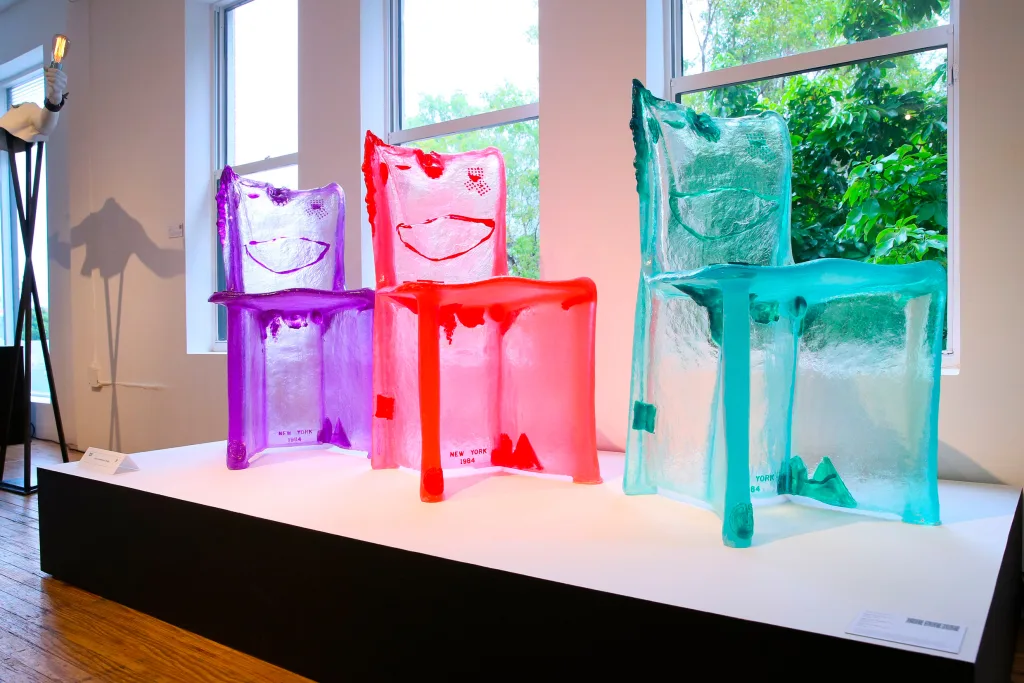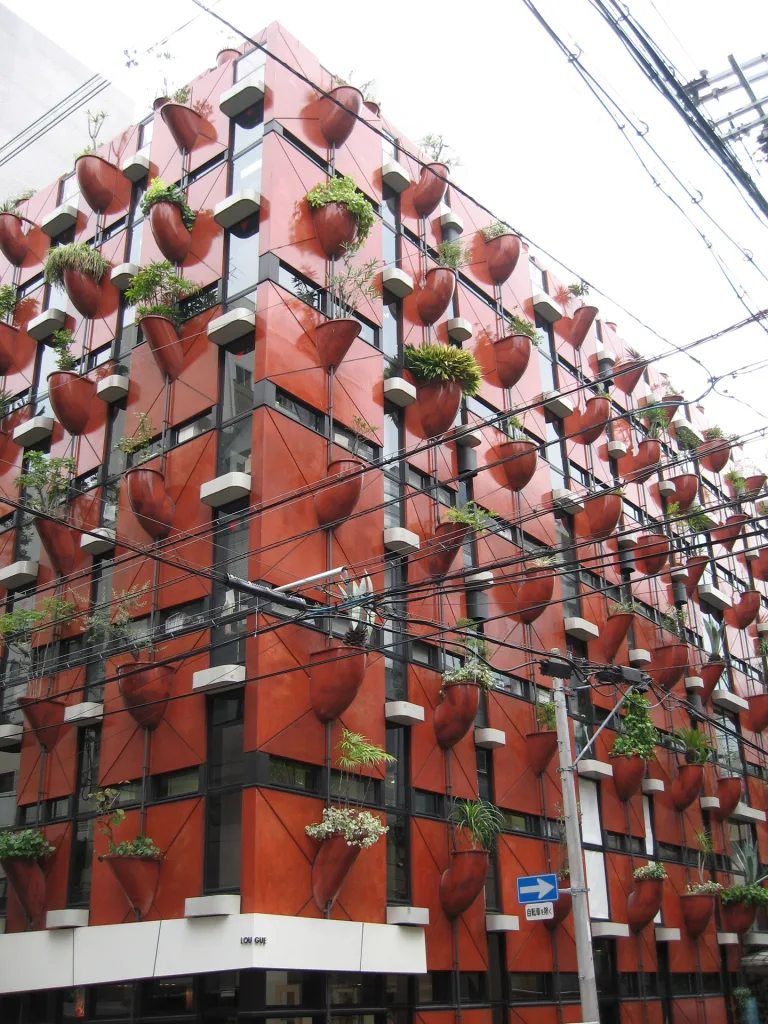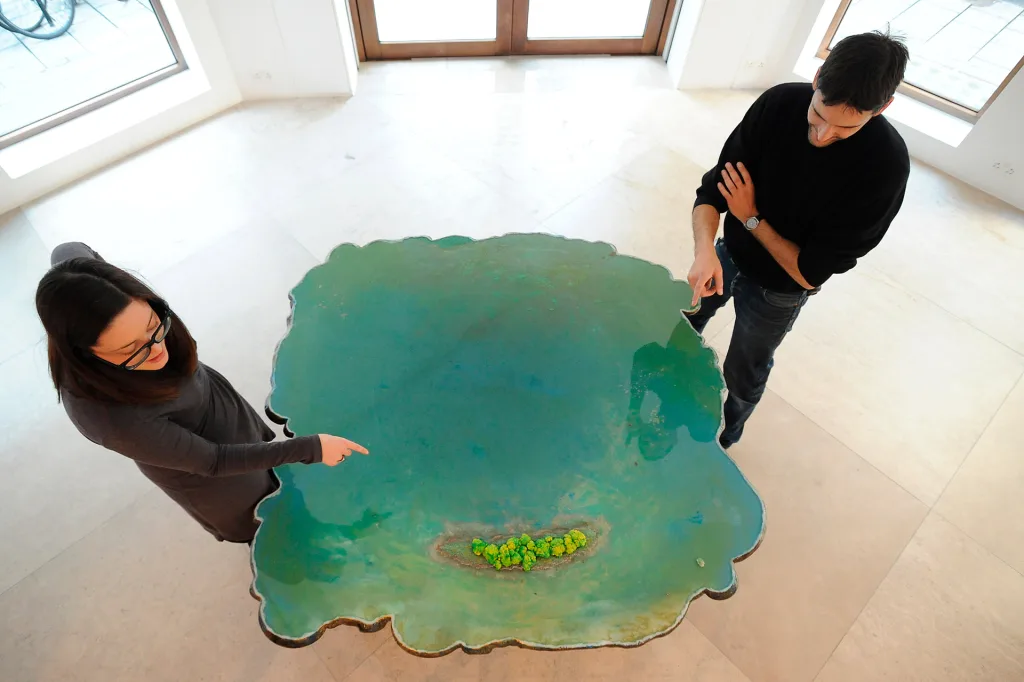Italian architect and designer Gaetano Pesce, lauded for his out-of-the-box style once described by the New York Times as “a rebuttal to the uniformity of minimalist design,” died on Wednesday evening at the age of 84.
The news of Pesce’s passing was announced in a post to his studio’s Instagram.
“Over the course of six decades, Gaetano revolutionized the worlds of art, design, architecture, and the liminal spaces between these categories,” the post reads. “His originality and nerve are matched by none. Despite dealing with health-related setbacks, especially in the last year, Gaetano remained positive, playful, and ever curious. He is survived by his children, family, and all who adored him. His uniqueness, creativity, and special message live on through his art. Ciao Gaetano!”
Throughout Pesce’s career—which continued up until his death—his outlandish ideas, constant reinvention of form, and innovative multimedia approach made a lasting impact on the design world. And while his contributions to the field are too numerous to capture in one article, we’ve compiled a look into five of Pesce’s most influential works over the years.

The Up5 Lounge Chair
Arguably Pesce’s most famous (and most controversial) work, the Up5 chair was released in 1969 by then-manufacturer C&B Italia (now B&B Italia). The concept for the blob-like seat and ottoman occurred to Pesce in the shower.
“I had the sponge in my hand. When I pressed the sponge, it shrank, and when I released it, it returned to its original volume,” Pesce told Architectural Digest (AD) in 2017.
The sponge’s movement intrigued Pesce. So, he set about creating a chair from polyurethane that could mimic its quick-expanding properties and be vacuum-sealed for easy transport. Up5 was the resulting creation. Somewhere in the design process, the chair also took on a more significant meaning: With its curvy edges and structure resembling a ball and chain, the Up5 came to represent gender inequality.
“It’s an image of a prisoner,” Pesce explained to AD. “Women suffer because of the prejudice of men. The chair was supposed to talk about this problem.”
Since its release, the Up5 has generated something of a cult following, as well as nicknames including “La Mamma,” “Big Mama,” and “Donna.” But it has also garnered its fair share of detractors. At a 50th anniversary celebration in 2019, the feminist group Non Una Di Meno staged a demonstration against the Up5, claiming that the work represented women as “a helpless body and victim.” In response, Pesce told the publication Dezeen that he believed the group had “misunderstood” his work.

The Pratt Project
Unveiled in 1984, The Pratt Project is a series of chairs that emerged from Pesce’s fascination with using flexible, malleable materials for furniture making. That year, he began a residency with New York’s Pratt Institute, where he used Pratt’s studio and materials to execute his vision for a series of resin chairs.
The resulting nine chairs were formed by hand-injecting colorful urethane resin into an existing mold. Each seat has an increasing density, such that the first chair can’t even bear its own weight. Chair (no. 3) is just strong enough to hold a small child. In 2018, Pesce reprised the project with 16 vibrant, semi-transparent iterations of the original Pratt chairs.

The Seaweed Chairs
Pesce’s penchant for unusual materials continued with his five seaweed chairs, made in 1991. To create a distinctly aquatic texture, he used an industrial-strength fabric-cutting machine to shred textiles into long strips. Mixed with a resin formula, the strips were then intricately arranged onto each chair’s frame in a series of layers.

The Organic Building in Osaka, Japan
Largely agreed upon as the inspiration behind today’s living wall trend, Pesce’s Organic Building design was completed in 1993. The nine-story structure features a grid of orange planter panels, each playing host to a living plant. More than 80 indigenous species call the building’s facade home, and the structure is maintained by a computer-controlled hydrating system of mechanical pipes.

Six Tables on Water exhibition
In 2012, at the age of 73, Pesce unveiled his Six Tables on Water exhibition. Each piece in the series is a miniaturized exploration of various bodies of water, including an ocean, lagoon, river, lake, pond, and puddle. The tables image these natural scenes from 30,000 feet above—about the same scale as the view from an airplane window. Tiny trees, docks, and waves dot the bright green resin surfaces, which reflect light as if they’re actually made of water.
“My materials are liquid, and fit with the nature of our time,” Pesce said of the exhibition. “To me, beauty means being unique, to be different—I like beauty full of mistakes because we are human. Perfection is for machines, it is obsolete, gone.”